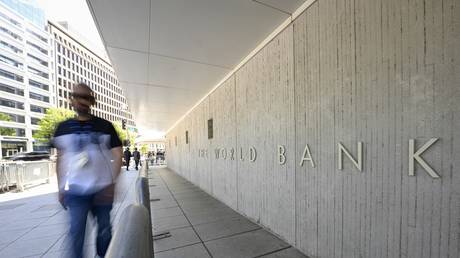
Russia becomes ‘high income’ country – World Bank
Moscow’s economic growth has defied Western sanctions
The World Bank’s annual national income rankings, released on Monday, showed that Russia has advanced from “upper middle” to “high” category on the strength of its economic growth.
The bank measures gross national income (GNI) based on a method dating back to 1989, and updates its classifications every July 1, based on the previous calendar year’s GNI per capita. The income is measured in the equivalent of US dollars.
“Economic activity in Russia was influenced by a large increase in military related activity in 2023, while growth was also boosted by a rebound in trade (+6.8%), the financial sector (+8.7%), and construction (+6.6%),” said a post on the World Bank blog.
Read more
Russian economic growth exceeding global average – Putin at SPIEF
“These factors led to increases in both real (3.6%) and nominal (10.9%) GDP, and Russia’s Atlas GNI per capita grew by 11.2%,” the bank added.
This economic growth happened even after the US and its allies levied thousands of sanctions against Russia over the Ukraine conflict, openly stating that their goal was to destroy the Russian economy and provoke regime change in Moscow.
To be considered high-income, a country has to have the GNI over $14,005, adjusted up from $13,845 for the previous fiscal year. The adjustment relies on a weighted average of GDP deflators of China, Japan, the UK, the US, and the Eurozone.
Read more
SPIEF 2024: West ‘shooting itself in the foot’ with Russian sanctions, says finance minister
The income classification is supposed to reflect a country’s level of development, using the GNI as “broadly available indicator of economic capacity.”
World Bank figures also showed a trend towards development in South Asia and Latin America and the Caribbean, while the Middle East and North Africa were worse off in 2023 than in 1987. By contrast, Europe and Central Asia went from having 71% of high-income countries in 1987 to 69% in the past fiscal year.


